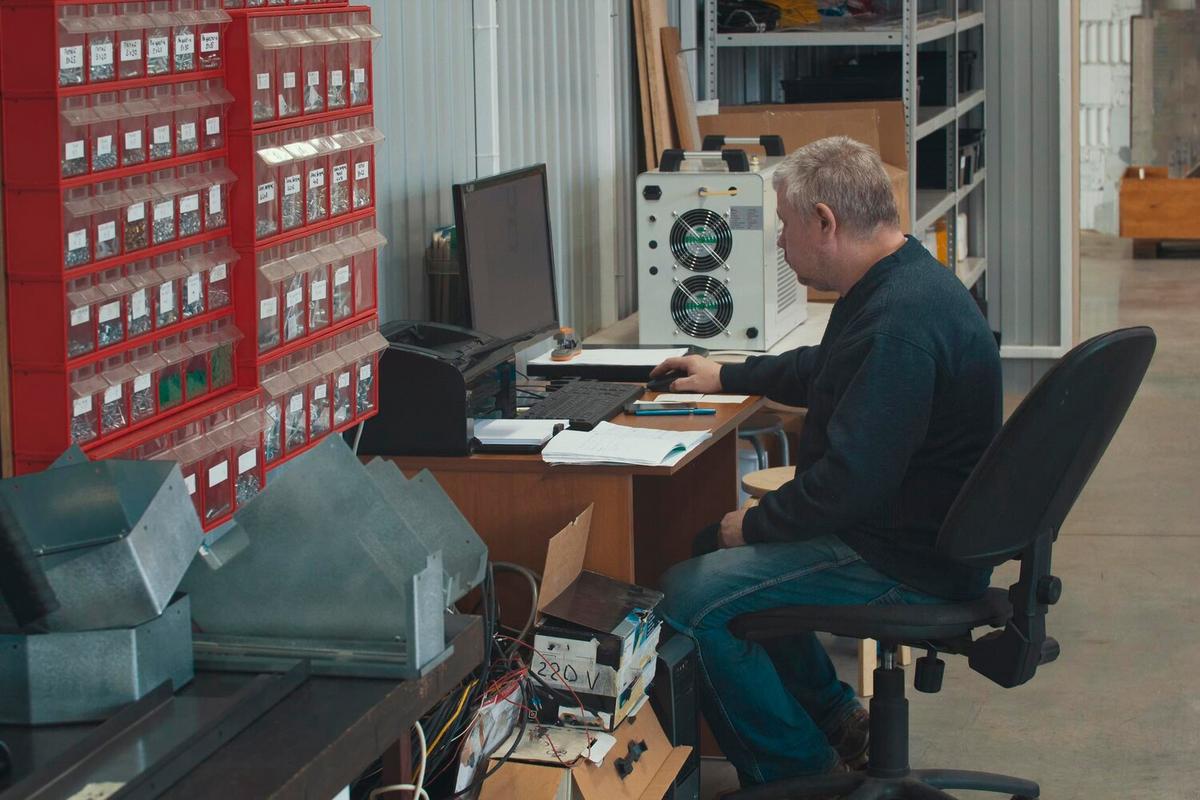As the world becomes more environmentally conscious, the real estate industry is experiencing a significant transformation towards sustainability. Green buildings, once a niche concept, are now becoming a central focus for developers, investors, and homeowners alike. This shift is not just about reducing carbon footprints but also about creating healthier living environments and increasing property value.
The Rise of Green Buildings
Green buildings are designed to reduce the overall impact on the environment and human health by efficiently using energy, water, and other resources. According to the World Green Building Council, buildings account for approximately 39% of global carbon emissions, highlighting the urgent need for sustainable practices in real estate.
| Aspect | Traditional Buildings | Green Buildings |
|---|---|---|
| Energy Efficiency | Moderate | High |
| Water Usage | High | Low |
| Material Sourcing | Conventional | Sustainable |
| Indoor Air Quality | Standard | Enhanced |
| Carbon Footprint | Significant | Reduced |
| Initial Cost | Lower | Higher |
| Long-term Savings | Minimal | Substantial |
| Market Value | Stable | Increasing |
Expert Insights
Dr. Lisa Beres, a renowned environmental health expert, emphasizes that “Green buildings are not just about energy savings; they also contribute to better health outcomes due to improved indoor air quality and reduced exposure to harmful chemicals.” This holistic approach is gaining traction among stakeholders who recognize the multifaceted benefits of sustainable construction.
Statistics and Research
Research by the U.S. Green Building Council found that green buildings can lead to a 25-30% reduction in energy consumption and up to 50% in water usage. Furthermore, properties with green certifications often enjoy higher occupancy rates and increased rental income.
Personal Perspectives
Take the example of Mark, a property investor who recently transitioned to green building projects. Initially skeptical about the higher upfront costs, Mark now reports not only impressive energy savings but also a significant increase in tenant interest and satisfaction.
Actionable Tips for Investors
- Conduct a cost-benefit analysis to understand the long-term savings and value of green investments.
- Consider integrating renewable energy sources such as solar panels to enhance sustainability.
- Stay informed about government incentives and rebates for sustainable construction projects.
Consider partnering with sustainability consultants who can guide you through the process of designing and implementing green building practices efficiently.
Conclusion
The shift towards sustainable real estate is not just a trend; it’s a necessary evolution to ensure a healthier, more resilient future. By investing in green buildings, stakeholders can contribute to environmental conservation while enjoying enhanced property value and tenant satisfaction. As we move forward, embracing sustainability in real estate will be crucial for both economic success and ecological responsibility.
Frequently Asked Questions
What are green buildings?
Green buildings are structures that are environmentally responsible and resource-efficient throughout their life-cycle, from design to demolition.
How do green buildings impact property value?
Green buildings often have higher market value due to their energy efficiency, lower operational costs, and appeal to environmentally-conscious tenants.
Are there financial incentives for building green?
Yes, many governments offer tax incentives, rebates, and grants to encourage the construction of green buildings.
What materials are commonly used in green buildings?
Green buildings often use sustainable materials like bamboo, recycled steel, and low-VOC (Volatile Organic Compounds) paints.




Leave a Reply